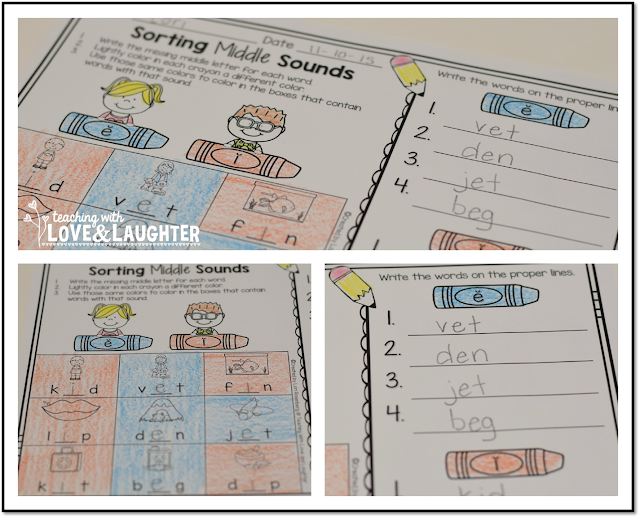

Write sentences that contain a fun, made-up word in place of a focus word. Providing scaffolded practice with words that students can pull from their mental "word bank" builds confidence and proficiency with the strategy of looking for clues in surrounding text. Encourage students to suggest words that fit in each blank, and talk about other words in the sentence that helped them make their suggestions. For example: Raymond was the youngest _ in his family. Try the activities here to give your students the boost they may need to make the most of their exposure to rich academic language.ĭisplay related sentences with blanks for missing-but not unfamiliar-words. The meaning you decided on should make sense in the sentence and in relation to the main idea of the text.Įven if your students are aware of these steps and have used them successfully in the past, using context clues is a strategy that improves with practice. Step 4: Check that meaning in the context Use what you know from the context to make an educated guess about the meaning of the unfamiliar word.

Think about the meaning of the words in the text that surround the unfamiliar word. Stop and reread the words that come before and after the unfamiliar word. With this in mind, students are often taught to follow a series of steps when they come across a word or phrase they do not know:

Strategic readers think about words in context, looking for meaning and sentences that frame an unfamiliar word. the text surrounding it-as a clue to the word's meaning.Ĭomprehension is an active process that involves purposeful interaction between a reader and a text. Here, we'll focus on helping students develop the ability to use the context of an unfamiliar word-i.e. One strategy is the use of a variety of reference materials, while another involves applying knowledge of the structure of words and parts of words, such as stems, root words, prefixes, and suffixes. With College and Career Readiness standards emphasizing the acquisition and use of general academic and domain-specific words and phrases, students are encouraged to find the meaning of unfamiliar vocabulary by choosing flexibly from a range of strategies. In an effort to build students' academic language, educators are incorporating increasingly complex texts into their lesson plans. Context Clues: 5 Fun Activities to Boost Vocabulary Development Don't have time to read? Listen Now »


 0 kommentar(er)
0 kommentar(er)
